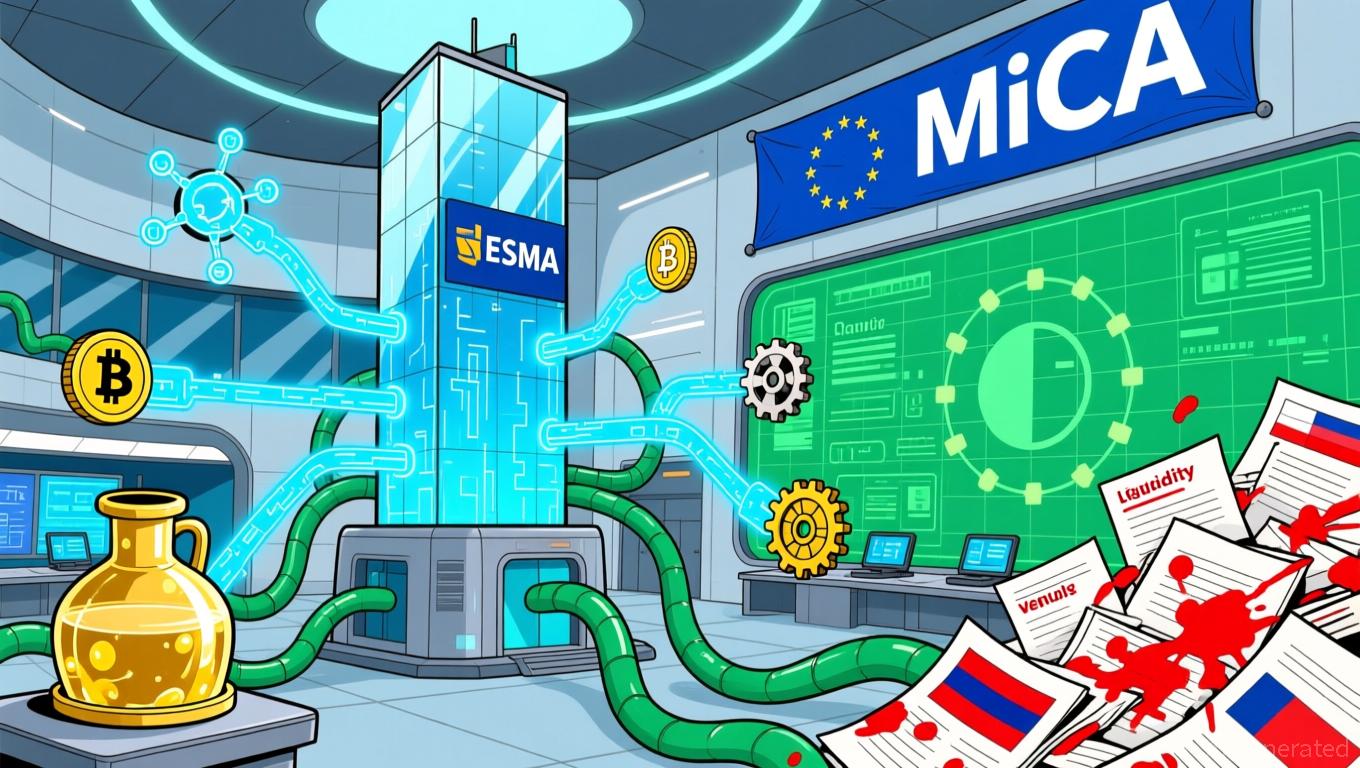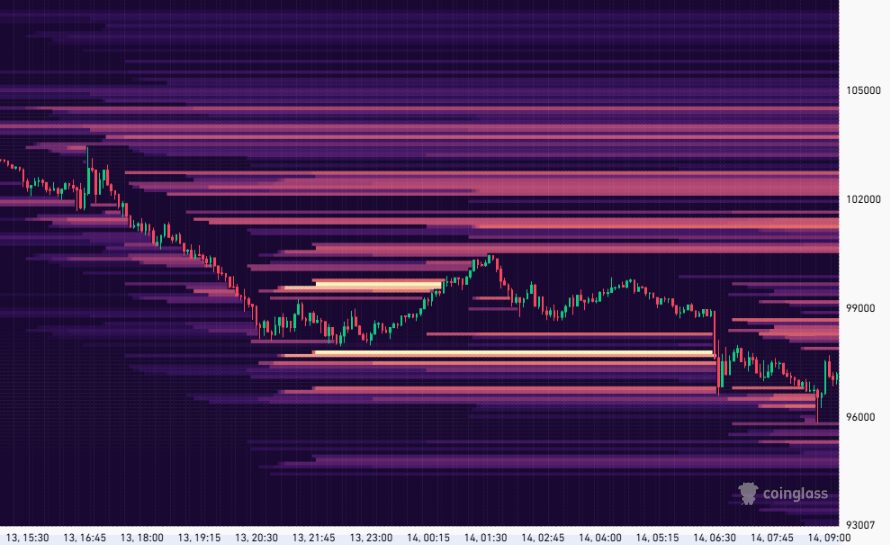- U.S. banks are testing stablecoin-based settlement systems
- GENIUS pilot has accelerated institutional adoption
- Retail and tokenized deposits now entering test phases
Stablecoin Infrastructure Gains Momentum in the U.S.
In a major shift for the U.S. financial system, banks and payment giants are actively building stablecoin rails—laying the foundation for a new generation of digital finance. This includes retail stablecoins, tokenized deposits, and interbank settlement tokens, signaling a dramatic evolution in how money moves in the digital age.
After months of hesitation, institutions are finally moving from theory to action, largely thanks to the progress made by the GENIUS pilot, which successfully tested blockchain-based payments under regulatory oversight.
GENIUS Pilot Opened the Floodgates
The GENIUS program, a multi-bank pilot involving the use of distributed ledger technology (DLT) for settlement and payments, proved that regulated stablecoin usage is both secure and efficient. This success helped validate the technology and build confidence among traditional players.
Now, with GENIUS having cleared the first hurdles, pilots are ramping up across the sector. Big names in banking and payments are quietly preparing to integrate stablecoins into their core systems, aiming to speed up transactions, reduce costs, and modernize outdated infrastructure.
Retail Coins and Tokenized Deposits Incoming
Notably, these new pilots aren’t just focused on backend infrastructure. Retail-facing stablecoins and tokenized bank deposits are now entering early test phases. These innovations could eventually let consumers make real-time payments using tokenized dollars, fully backed and regulated within the traditional banking system.
Meanwhile, interbank settlement tokens—digital versions of central bank reserves—are also being tested for large-scale transfers between financial institutions.
This marks a key moment in the merging of traditional finance (TradFi) with crypto-native tools, and the developments over the next year could shape how global money moves for decades.
Read Also:
- U.S. Banks Building Stablecoin Rails After GENIUS Pilot
- Hedge Funds Increase Crypto Exposure in 2025
- Roobet Gambler Closes XRP Short, Doubles Down on BTC
- Crypto Market Sheds $900B Since October Peak
- Remember the Bitcoin November Rally of 2024?




